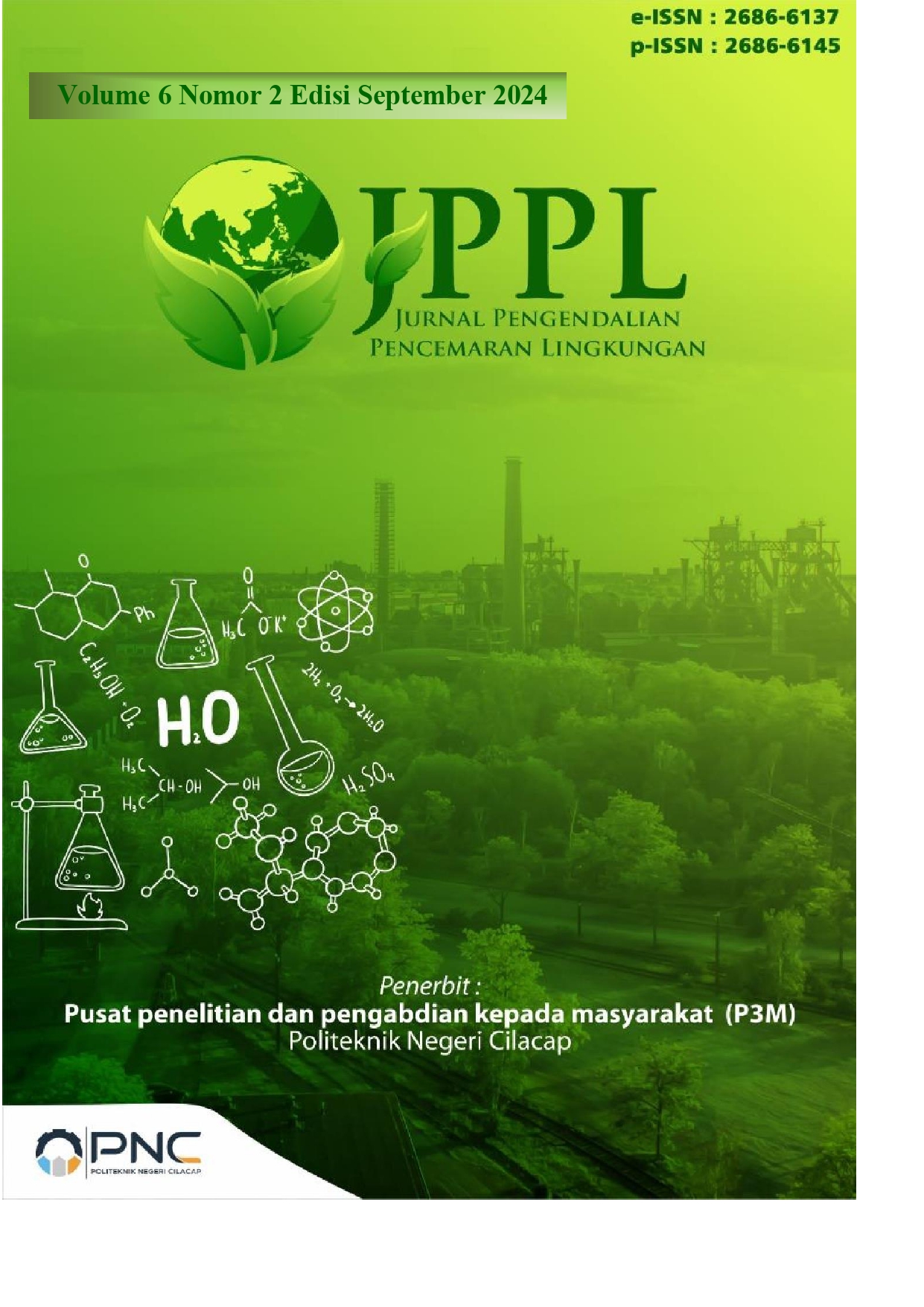Characterization of Biodiesel from Waste Cooking Oil Using CaO/SiO2 Catalyst From Egg Shell and Rice Husk Extract
 Abstract views: 183
,
Abstract views: 183
,
 PDF downloads: 468
PDF downloads: 468
Abstract
Renewable energy currently has great attention to world energy security. This is because fossil-based oil reserves are depleting. One alternative renewable energy is biodiesel. The current price of biodiesel production is still relatively expensive. So this study aims to make cheap biodiesel from used cooking oil. The catalyst used is CaO/SiO2 from egg shell waste and rice husks with a ratio of 50:50 w/w. The study was conducted by making catalysts with certain calcinations and characterizing the catalyst using the Surface Area Analyzer (SAA). Furthermore, biodiesel was made through esterification and transesterification processes. The CaO/SiO2 catalyst produced has a total surface area of 31.958 m2/gram. This value has met the standard for the surface area of heterogeneous catalysts. The yield of biodiesel produced from the amount of catalyst 5; 10; and 15 grams were respectively 80%, 81%, and 86%. The density of biodiesel decreases with increasing levels of catalyst used. The density of biodiesel with catalyst amounts of 5, 10, and 15 grams were 890, 860, and 870 kg/m3, respectively. These values have met SNI 7162:2015. The resulting kinematic viscosity decreased slightly with increasing amounts of catalyst used. The kinematic viscosity produced from catalyst amounts of 5; 10; and 15 grams were 3.1; 3.1; and 3.0 mm2/s, respectively. The FFA content of biodiesel tended to decrease with increasing amounts of catalyst used. The results of this study have not met the standard for FFA content of biodiesel, which is a maximum of 0.5 mg-KOH/g. The resulting FFA content was 0.64%, 0.65%, and 0.64%, respectively. Increasing the amount of catalyst used caused an increase in methyl ester stearate. The yields of methyl ester stearate produced based on the amount of catalyst 5, 10, and 15 grams were 80.3%; 91.4%; and 95.8%, respectively.
Copyright (c) 2024 Shafwan Amrullah, Cyrilla Oktaviananda

This work is licensed under a Creative Commons Attribution 4.0 International License.

















